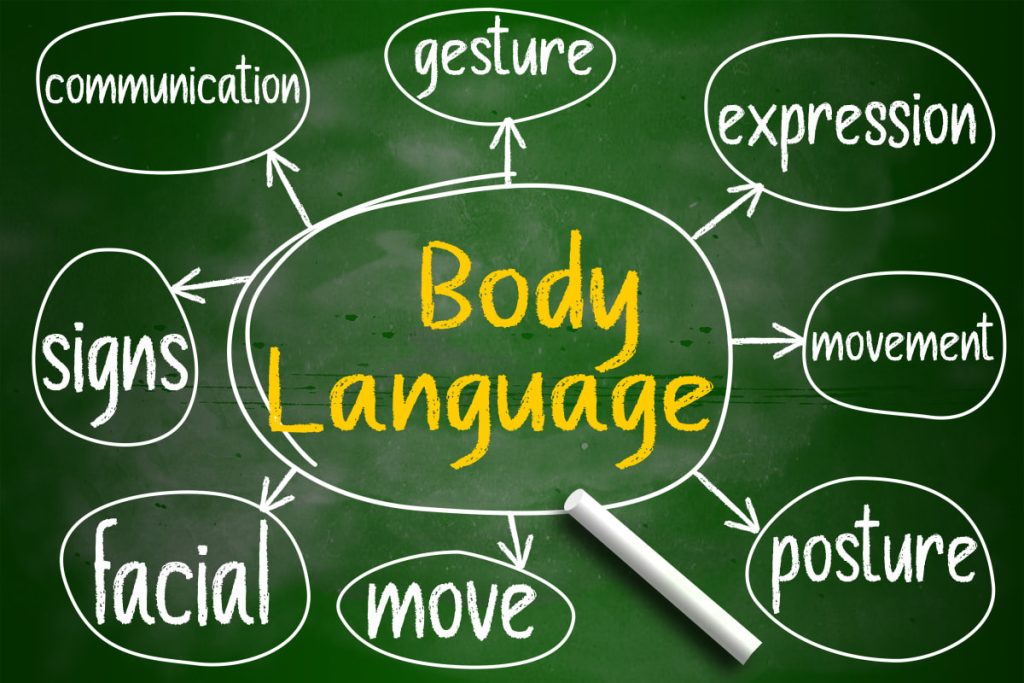Facial expressions are a fundamental form of non-verbal communication that convey emotions, attitudes, and intentions with remarkable clarity. Unlike spoken language, which can be ambiguous or easily misinterpreted, facial expressions provide immediate and often universal signals that shape interpersonal interactions.
The Anatomy of Facial Expressions
Facial expressions are produced by the coordinated action of facial muscles, each movement contributing to the display of specific emotions. For example, a smile involves the contraction of muscles around the mouth and eyes, signaling happiness or friendliness. Conversely, furrowed brows and a frown indicate displeasure or concern.
Types of Facial Expressions
Facial expressions can be categorized into several primary emotions:
- Happiness: A smile with raised cheeks and crinkled eyes.
- Sadness: Lowered eyebrows, downturned mouth, and teary eyes.
- Anger: Furrowed brows, narrowed eyes, and tightened lips.
- Surprise: Widened eyes, raised eyebrows, and an open mouth.
- Fear: Wide eyes, raised eyebrows, and a slightly open mouth.
Each of these expressions serves as a visual cue that communicates not just the emotion itself but also the intensity and context in which it is experienced.
Facial Expressions and Emotional Intelligence
Emotional intelligence, or the ability to perceive, understand, and manage emotions, heavily relies on the interpretation of facial expressions. Individuals with high emotional intelligence can accurately recognize and respond to the emotions conveyed by others’ facial expressions, fostering empathy and effective communication.
The Universality of Facial Expressions
Research has shown that many facial expressions are universally recognized across cultures, suggesting a biological basis for emotional signaling. For instance, a genuine smile, known as a Duchenne smile, involves both the mouth and eyes and is recognized and understood by people from different cultural backgrounds.
Facial Expressions in Social Interactions
In social interactions, facial expressions play a crucial role in establishing rapport, conveying intentions, and maintaining communication flow. They provide continuous feedback that helps individuals navigate conversations and adjust their own behavior accordingly.
The Role of Facial Expressions in Professional Environments
In professional settings, facial expressions can influence perceptions of competence, trustworthiness, and leadership potential. Effective leaders often use facial expressions to inspire confidence, convey empathy, and motivate teams toward shared goals.
Improving Facial Expression Awareness
- Self-awareness: Regularly observe your own facial expressions to understand how they may impact others’ perceptions of you.
- Practice empathy: Pay attention to others’ facial expressions to develop empathy and improve your ability to respond appropriately to their emotions.
- Feedback: Seek feedback from trusted colleagues or mentors on how your facial expressions are perceived in different situations.
Conclusion
Facial expressions are a powerful and universal means of communication that transcend language barriers and convey emotions with precision. Understanding the nuances of facial expressions enhances interpersonal relationships, fosters empathy, and promotes effective communication in both personal and professional contexts.

